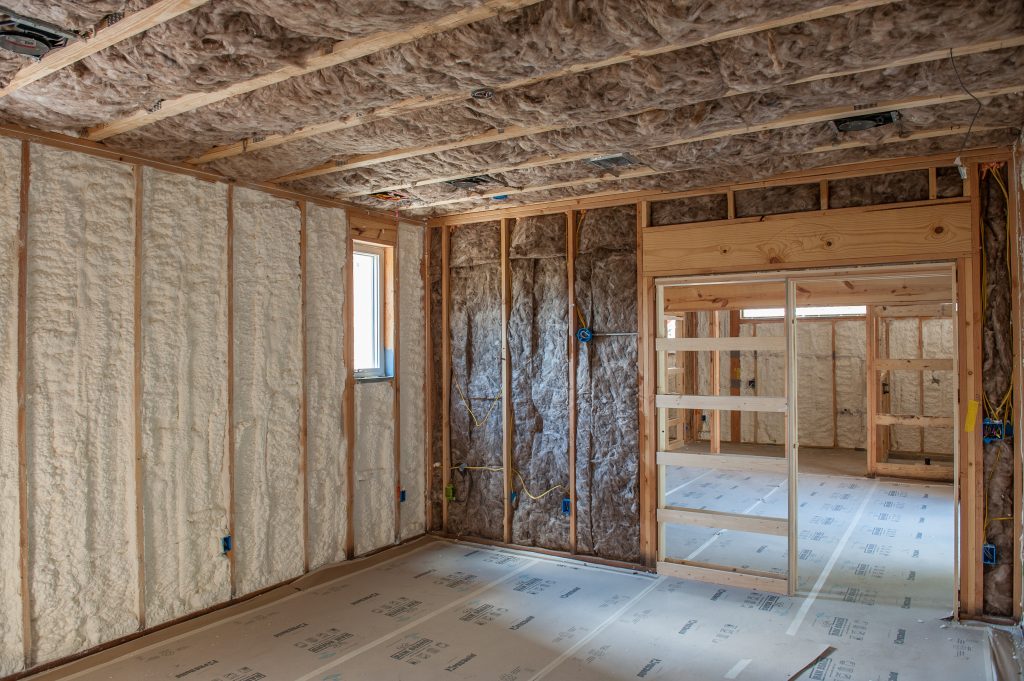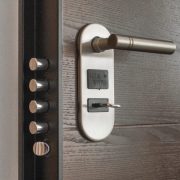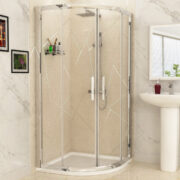Regardless of whether you happen to be building a brand-new home or renovating an existing structure, you should place the brunt of your efforts on the flooring solution beneath your feet because, after all, every successful home improvement project begins from the ground up.
However, with the rise of advanced engineering techniques, highly durable construction materials, and augmented installation protocols, it’s important to note that homeowners no longer have to spend an arm and a leg just to implement new floors. Today’s wooden flooring marketplace is chock-full of reputable companies such as www.woodenfloors.co.uk and all of them offer incredible installation packages at incredibly affordable rates, which is why so many prudent homeowners are starting to make the shift from laminate flooring to traditional wood variants.
But before you start scheduling consultations and requesting quotes, it’s important for you to understand the two primary types of wood flooring available nowadays: solid wood and engineered wood. Each type features a unique construct and corresponding set of benefits so it makes sense to break down the characteristics of each variant before picking a particular solution for your property.
Solid Wood
Solid hardwood is commonly referred to as a homogeneous product, which means that it consists of only one type of wood and it is uniform throughout.
Many people opt for solid hardwood due to the fact that it comes in many different species and veneers, of which oak, maple, and hickory are the most popular. They also respond very well to repeat sanding and the reapplication of protective finishes, which means that a well-maintained solid hardwood will maintain its intrinsic value for many years after the initial installation.
From an aesthetic standpoint, solid hardwoods will help you affect a traditional rustic appeal throughout the property, which makes it the ideal solution for living areas, hallways, and dining rooms, just to name a few locations. However, it’s worth noting that solid hardwoods cannot effectively repel moisture, which is why you should avoid installing solid wood floors in bathrooms, near dishwashers, or around sinks.
Engineered Wood
Engineered wood flooring, on the other hand, is actually comprised of several layers of wood, which are often referred to as plies. These plies are essentially glued together with industrial-strength bonding agents and the resulting fabrication is set atop a highly durable plywood.
Due to its unique construct, engineered wood features greater tensile strength when compared to solid wood, which explains its world-class resistance to blistering, cracking, and warping. As a result, engineered wood is able to maintain its structural integrity and sheen without the need for excessive cleaning, maintenance, or upkeep, which is a far cry from the laborious requirements of solid wood floors. To boot, engineered wood features functional moisture-resistant properties due to its multi-ply construct and pre-finished visage, making it the more versatile choice in terms of wooden flooring solutions.
But it’s important to point out the fact that engineered floors respond poorly to sanding and refinishing, which implies that you’ll have to live with your flooring choice indefinitely after it’s laid down.
Now that you have a basic understanding of the concepts surrounding solid wood and engineered wood, you’re more than ready to initiate a constructive dialogue with a reputable installation company.















Comments